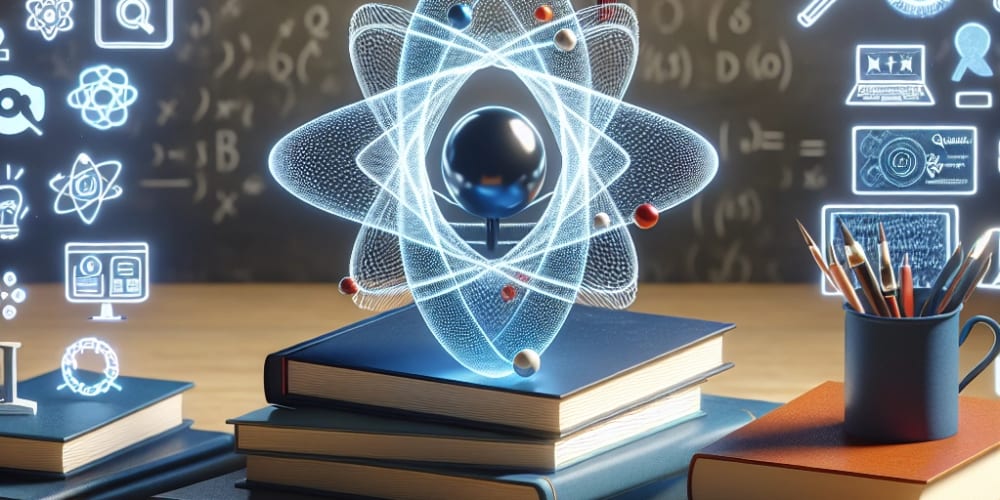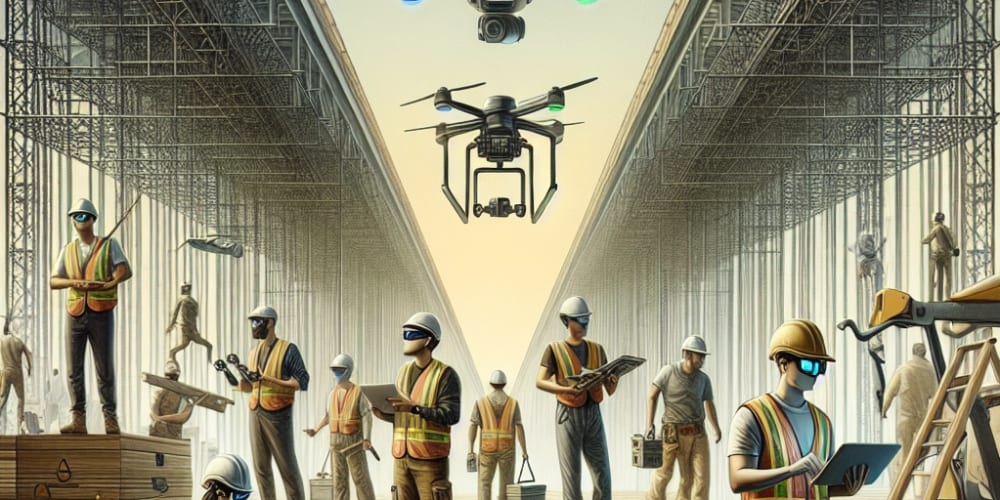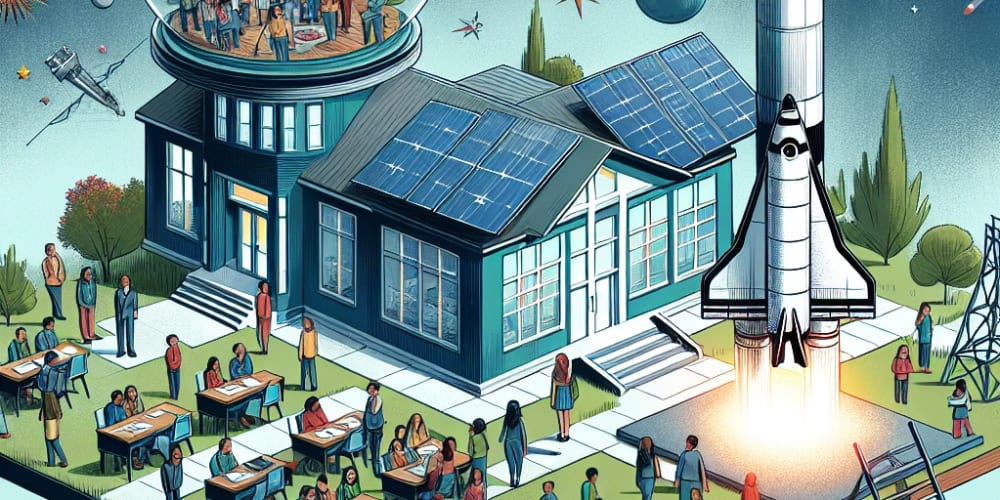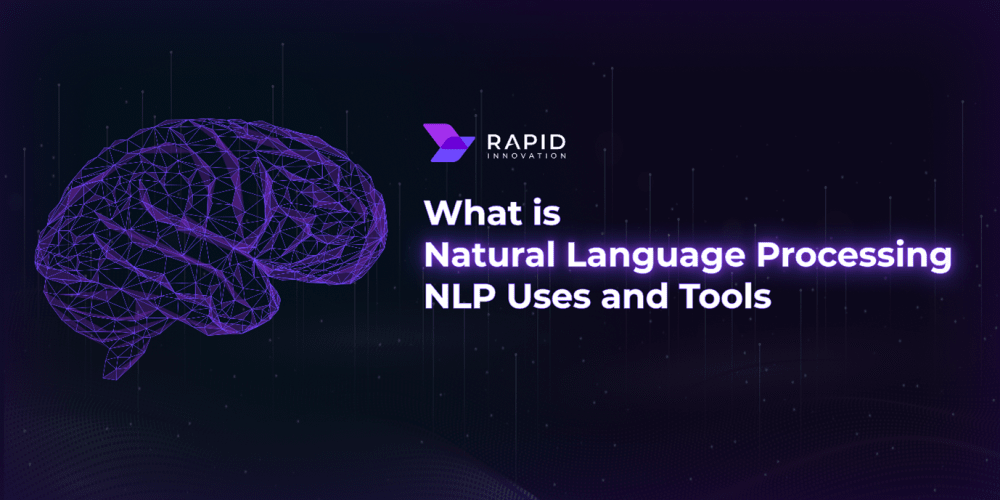This is a Plain English Papers summary of a research paper called Sporthesia: Augmenting Sports Videos Using Natural Language. If you like these kinds of analysis, you should subscribe to the AImodels.fyi newsletter or follow me on Twitter.
Overview
- The paper proposes a system called Sporthesia that can automatically generate augmented sports videos by combining textual sports commentary with the corresponding video footage.
- Augmented sports videos combine visualizations and video effects to present data within the actual game scenes, making insights more engaging for sports enthusiasts.
- Creating such augmented videos is currently a challenging task, requiring significant time and video editing skills.
- Sporthesia aims to simplify this process by enabling analysts to directly create visualizations embedded in videos using insights expressed in natural language.
Plain English Explanation
The paper discusses a new system called Sporthesia that can automatically generate "augmented" sports videos. Augmented sports videos combine the actual video footage of a game with additional visual elements, like graphics and effects, that help communicate insights and data about the game in an engaging way.
Currently, creating these types of augmented sports videos is quite difficult and time-consuming, as it requires specialized video editing skills. The goal of Sporthesia is to make this process much easier by allowing analysts to simply provide the key insights about a game in the form of natural language text, and then having the system automatically translate those insights into the appropriate visual elements that get seamlessly integrated into the video.
For example, an analyst might provide a textual commentary about a tennis player's serve, and Sporthesia would then detect the relevant information (like the server's speed, spin, and trajectory) and generate visualizations of those data points that get overlaid onto the actual video footage. This allows sports fans to see the data and insights presented in a much more immersive and intuitive way, rather than just seeing static charts or graphs.
The researchers tested Sporthesia by analyzing a large set of sports videos and commentaries, and then designed and implemented the system based on their findings. They demonstrate Sporthesia's capabilities through two example scenarios - authoring new augmented videos from text, and augmenting historical videos based on audio commentary. Evaluations with sports analysts suggest the system is highly useful, effective, and satisfying to use.
Technical Explanation
The key technical steps behind the Sporthesia system are:
Detecting Visualizable Entities: The first step is to analyze the natural language text (such as sports commentary) and identify the specific entities or concepts that can be meaningfully visualized, like player names, ball trajectories, or statistics.
Mapping to Visualizations: Once the visualizable entities are detected, the system maps them to appropriate visual representations, such as player icons, trajectory lines, or statistical charts.
Scheduling Visualizations: Finally, the system schedules the placement and timing of these visualizations to seamlessly integrate them into the corresponding video footage.
The researchers analyzed a dataset of 155 sports video clips and their accompanying commentaries to inform the design of these three core components. They then implemented Sporthesia as a proof-of-concept system focused on racket sports videos.
Sporthesia was evaluated in two ways:
- A technical evaluation showed high accuracy (F1-score of 0.9) in detecting visualizable entities from the text.
- An expert evaluation with 8 sports analysts indicated high utility, effectiveness, and satisfaction with the language-driven authoring approach, while also providing insights for future improvements.
Critical Analysis
The Sporthesia system represents an innovative approach to simplifying the creation of augmented sports videos, which can be a powerful tool for engaging sports fans. By automating the process of translating natural language insights into embedded visualizations, Sporthesia has the potential to significantly lower the barrier to entry for this type of content creation.
However, the paper does acknowledge some limitations and areas for further research. For example, the current system is focused on racket sports, and expanding it to handle a broader range of sports may require additional technical challenges to be addressed. Additionally, the evaluation was relatively small in scale, and more extensive user testing could provide additional insights into the system's usability and effectiveness.
It would also be interesting to explore how Sporthesia could potentially integrate with other recent advancements in sports analysis and video enhancement, such as iBALL for basketball, Commentary Generation from Data Records for generating natural language commentary, or the SportSHHI dataset for detecting human-human interactions in sports videos.
Overall, the Sporthesia system represents an exciting step forward in making augmented sports videos more accessible and widely available, with the potential to significantly enhance the viewing experience for sports fans.
Conclusion
The Sporthesia system proposed in this paper addresses the challenge of creating engaging, data-driven augmented sports videos by automating the process of translating natural language insights into embedded visualizations. By allowing analysts to directly incorporate their commentary into the video, Sporthesia has the potential to dramatically simplify the creation of these types of immersive sports experiences.
The technical evaluation and expert feedback suggest that Sporthesia is a highly effective and user-friendly system, with opportunities for further refinement and expansion to a broader range of sports. As the demand for data-driven and visually compelling sports content continues to grow, innovations like Sporthesia may play a crucial role in making this type of content more accessible and widely available to sports enthusiasts around the world.
If you enjoyed this summary, consider subscribing to the AImodels.fyi newsletter or following me on Twitter for more AI and machine learning content.


















